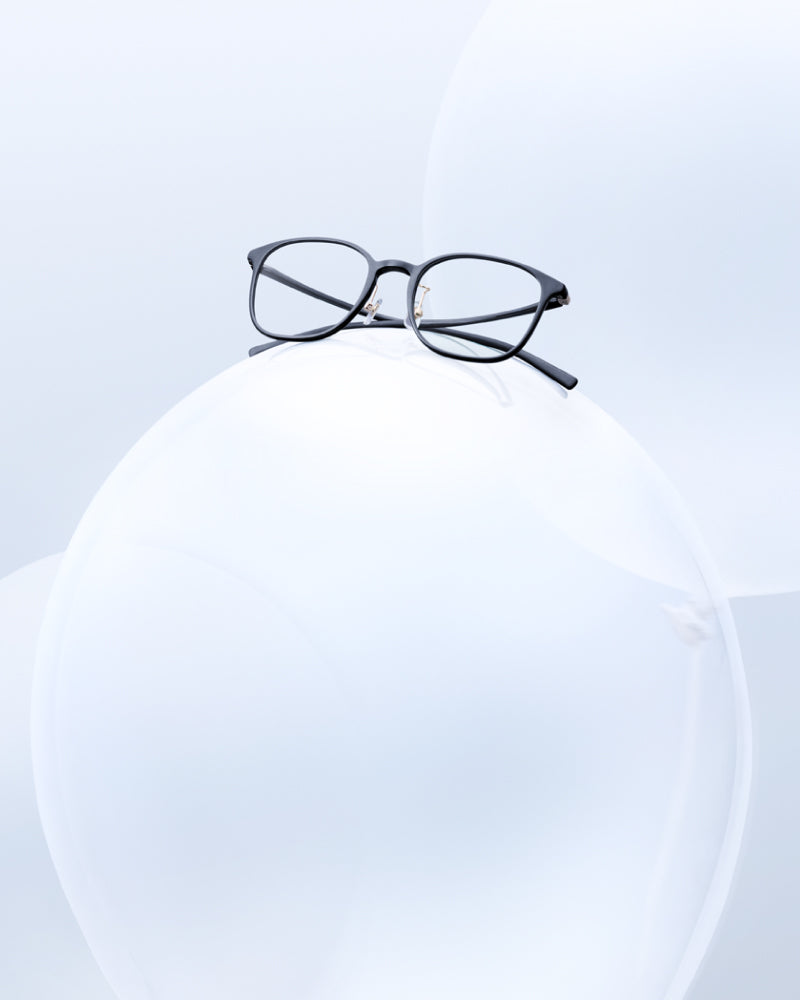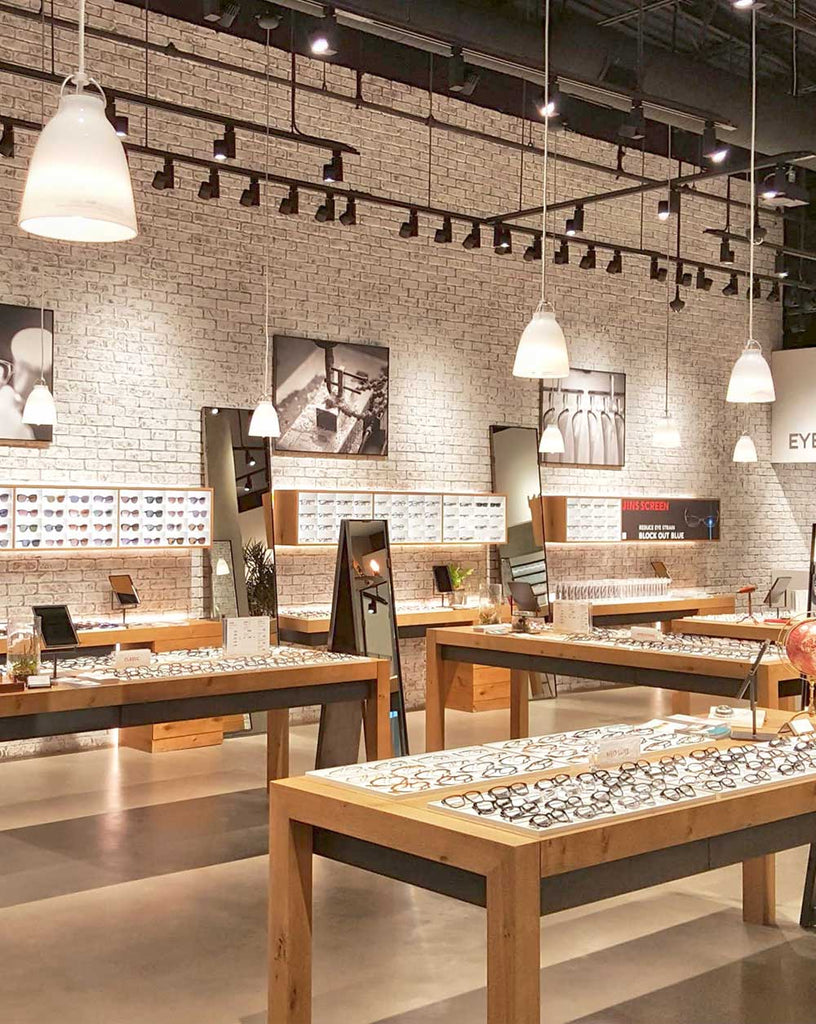The JINS SABAE Made in Japan Series is a luxury eyewear collection produced in Sabae City, Fukui Prefecture. Often thought of as the "Mecca of Eyeglasses", the area has cultivated a storied history in eyewear production dating back to 1905. Currently, about 95% of eyeglass frames made in Japan are produced in Fukui Prefecture, and its cutting-edge manufacturing technology has attracted the attention of world-renowned eyeglass manufacturers. Here, we take a look inside the Sabae factory that produces our Made in Japan frames, and highlight a few of the key steps that go into creating a Sabae frame.
The first step in frame manufacturing is to create the base "mold"
Sabae's eyewear industry adopts a method called "division of labor within the production area". About 200 production processes are carried out by each professional.

The first step in manufacturing the metal frame is to create the mold that forms the core. It is made by carving out a lump of metal.

Next to us, craftsmen look at the cut mold with a magnifying glass and make fine adjustments to finish it. Since this is the base process for making eyeglasses, the craftsmen must pay incredible attention to detail.

The completed mold is attached to the press, and the frame and temples begin to appear. More simply designed metal frames are produced through molds, while more detailed designs employ a laser cutting method.

By using state-of-the-art laser technology, it is possible to mass-produce such small parts.

The history of the eyewear industry as seen from the factory

The pressed parts go to a process called "cutting". In order to faithfully match the blueprint drawn by the JINS designer, we cut them down to the millimeter. The cutting itself is done by a machine, but minor adjustments are still done by hand. It's here that craftsmanship shines through.

The assembled frame is then polished with a polishing wheel called a buff. A unique luster is created by polishing each frame by hand. The fingertips of the craftsmen, which are soaked in black abrasive, tell us that they have done this dozens of times.

Skilled craftsmen play an active role as the frames near completion
Surface treatment is an important process that determines the color and texture of the frame. The work of applying multiple layers of plating and resin cannot be left to machines. It is a delicate task that changes the degree of plating depending on the time of application.

In order to check the colors and textures of the finished products, bright lighting must be used in the painting factory, creating a somewhat peaceful atmosphere.

The frame is now ready for finishing. Human eyes and hands are the final decisive factor in deciding whether glasses are acceptable. Frames are compared against the design drawings and checked in detail as to whether there are any defects in their structure. As this is the final process before handed over to customers, there's a sense of tension among the craftsmen as they carefully check each and every frame.
Glasses from the "Made in Japan" series pass through the hands of various people and go through various processes before they are completed. Machines are often used to make frames, but in the end, it's the craftsmen and their attention to detail that make Sabae frames some of the best in the world.


















